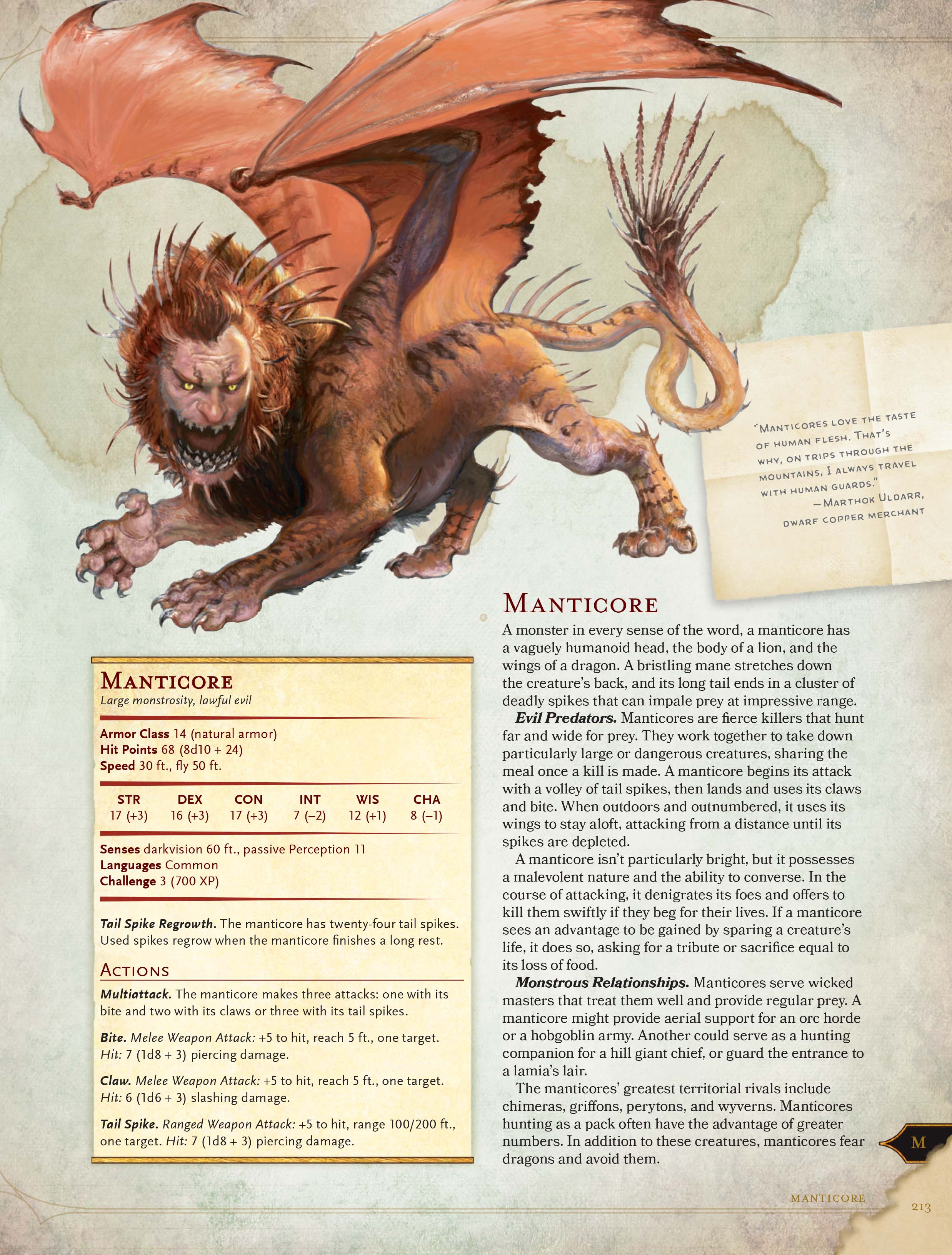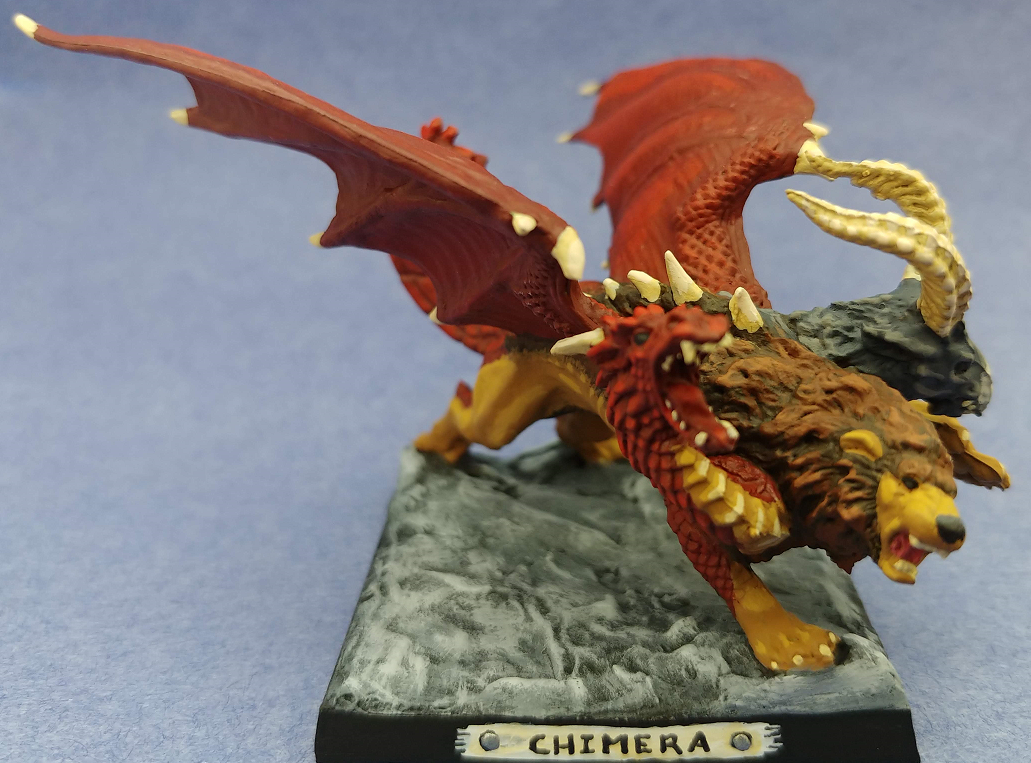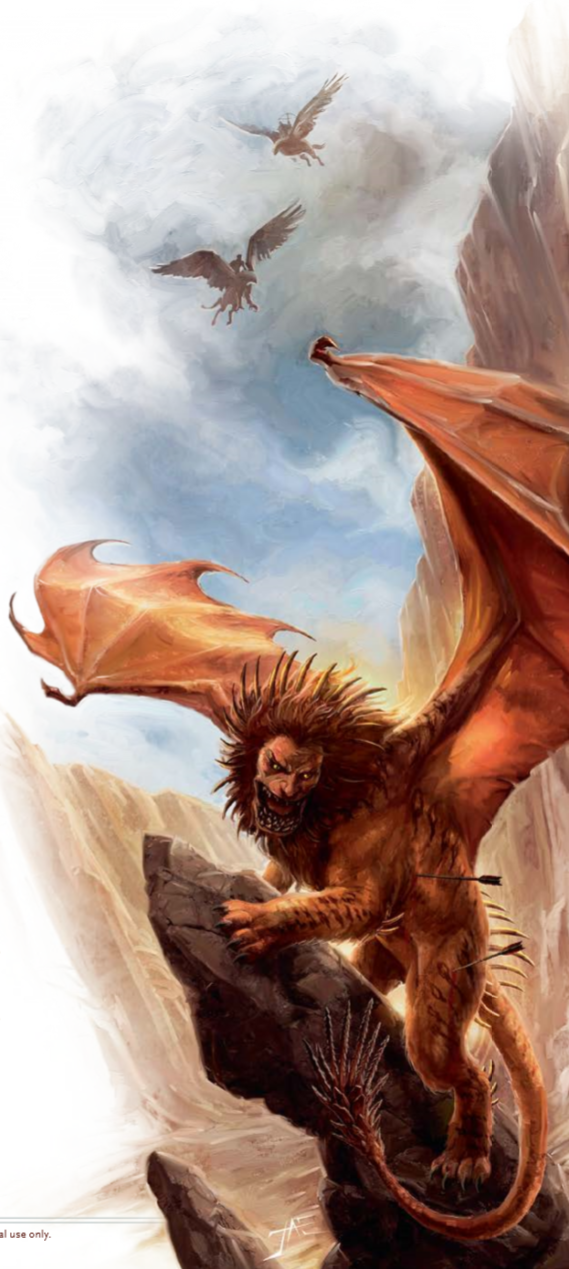
ChimeraĬhimera have always been my favorite mythological creature, so I love to feature them whenever I can in the D&D campaigns I run.Ĭhimera have the abilities to fly, breathe fire, and attack multiple times in a turn to inflict significant damage-and that makes them a decent challenge for most adventuring parties. Related: The best D&D house rules worth trying 2. In other words, ghosts aren’t just big bad toughies-they’re a great way to expand the lore of your world and breathe a little more life into it as characters investigate how best to take them down. Another example could be driving a ghost out of its possession right away. For best effect, you may want to incorporate lore and backstory.įor example, presenting a wedding ring to the ghost of a scorned bride may end up tying them to the Material Plane, allowing the party to more easily inflict damage. The actual mechanics of the weakening is up to you as the DM, and you can make it different for each ghost. A ghost can be weakened by presenting an example of their “unfinished business,” which can turn the tides of a ghost encounter. On top of that, ghosts have the ability to avoid damage by slipping between the Material and Ethereal planes, and they can possess characters who have low Charisma.Īll combined, you can see how adding ghosts to an encounter can be quite the challenge for most D&D parties-at least until they reach higher levels and acquire magical weapons.īut there’s something cool about D&D ghosts: one of the best ways to combat a ghost is to investigate the cause of their haunting. With a whole host of damage resistances and immunities to most conditions, it’s tough for most parties to inflict much hurt on them. Ghosts in 5th Edition D&D are terrifying creatures, especially considering their Challenge Rating of 4.

Whether you want to use low-level monsters to overwhelm or puzzle your players with unconventional mechanics, here are some unusual D&D 5e creatures to mix into your sessions. What can you do when you have a party of seasoned adventurers who have seen all the usual monsters that crop up in D&D adventures? Well, look past the stereotypical options and try unusual alternatives.
#Chimera dnd 5e full
And when you’re running a full campaign, monster variety is the spice of life. Even a well-balanced combat encounter can be boring if it feels clichéd, repetitive, or uninspired. Related: Key traits of every great D&D DMĪnother big difficulty is making sure your fights are fresh and unique. Some of those fun encounters will need to be combat encounters, and part of the difficulty in being a DM is balancing those fights against the capabilities of your players. There’s an entire world to build (unless you use a premade world), a story to plot (unless you use a premade campaign), and fun encounters to craft for your players (this one’s totally on you). A DM can decide if that is adequate, and if certain meat is worth more or less.Being the Dungeon Master of a D&D campaign is a tall order. For example, dragon meat could cost 10x more than standard livestock meat, while insect meat could cost only a copper or two per pound. The value of meat can vary drastically, depending on the quality, rarity and the creature it is sourced from. ⋆ The table above uses a standard price of 5cp per pound for regular a piece of animal meat (such as cattle or deer). ‡ Raw meat has a very short shelf-life, and will go bad within a day if it is not refridgerated or cured.

And one slab of meat (4 lbs.), can be used to make 1 dried ration (2 lbs.).


† The weight of a raw piece of meat is 4 pounds.


 0 kommentar(er)
0 kommentar(er)
